A lot of generator owners eventually run into this issue, for any item having an engine will ultimately stop starting. Why won't the generator start but makes a clicking sound? We conducted the research to provide you with the response.
Here are the causes why generators only make clicking noises and won't turn on:
- Your engine needs more oil.
- The battery has failed.
- Plugging cables into the generator.
- Choke control adjustments
- Clogged Air Filter
- The carburetor is obstructed.
Monthly tests and service plans are essential to guarantee that issues are not developing without your knowledge. Let's examine the most frequent causes of generator failure to start and what you can do to avoid them in the future.

Causes Of Machine Failure
In the event of a power outage, standby generators are available to us when we most need them. This post will cover some of the typical causes of a generator not starting and, more importantly, how to lower the probability of a failure because no machine is 100% trustworthy.
Oil
Oil is just as essential for powering your generator as fuel is. The majority of contemporary generators come with a sensor to safeguard the engine, which will turn your generator off automatically when the oil level becomes too low.
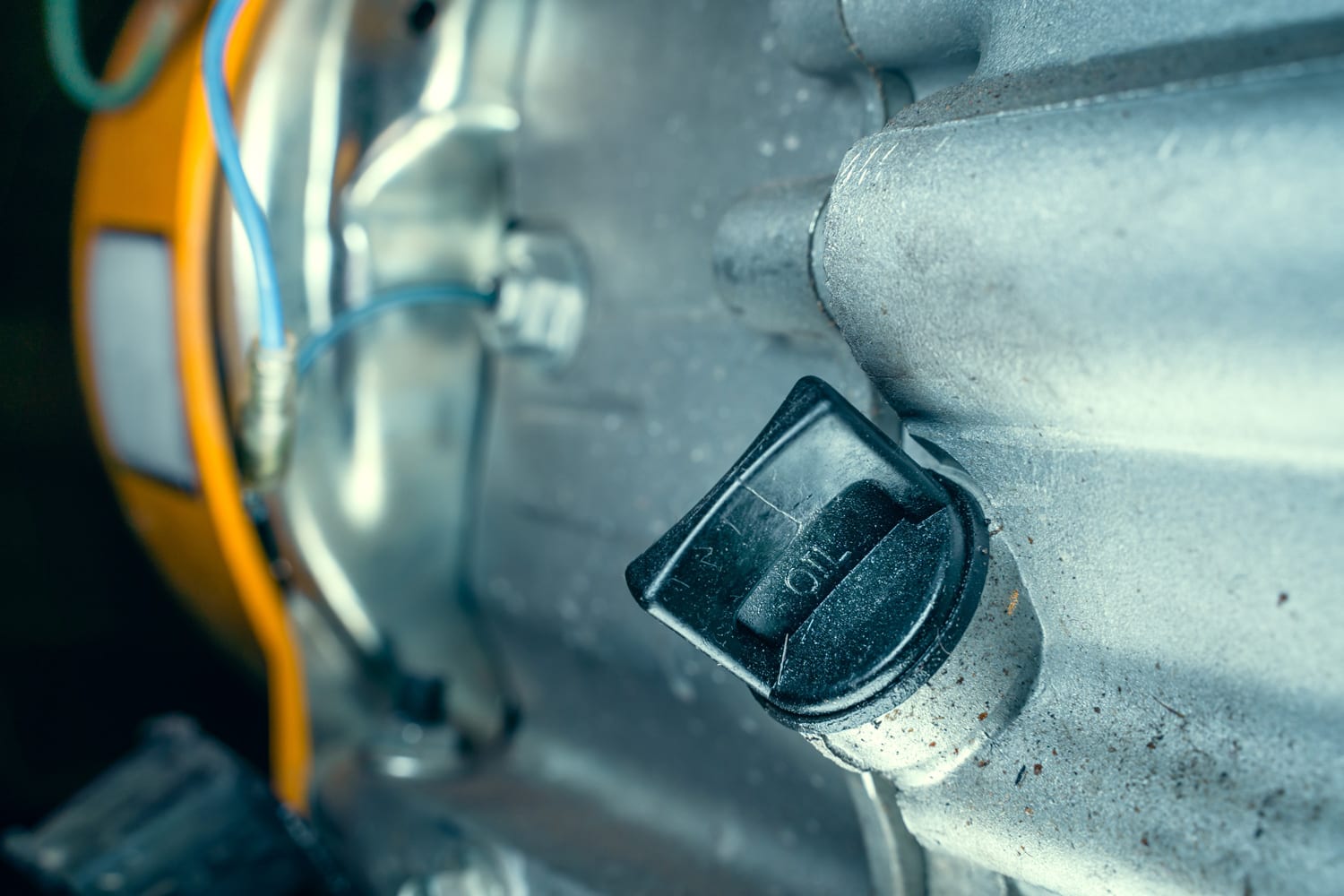
Low oil levels may be the root of your generator's starting issues if you haven't replaced the oil in more than 50 hours of operation or believe you may have an oil leak. If you want to maintain the health of your generator and keep expensive failures and emergency repairs at bay, now might be a great time to replace the oil filter.
Battery
If your generator doesn't start, like your car, a dead battery or faulty connections may be to blame. If your generator has an electric starting, such as a push button or remote, you should determine whether the starter's battery is the issue. The most straightforward diagnosis approach is starting with the auxiliary recoil starter if your generator has one.
Cables
The presence of cords plugged into your generator's outlets is another simple issue that can prevent it from starting. You should unplug everything before starting the generator, including extension cords with nothing connected at the other end.
Choke
When the engine tries to start, the choke controls the amount of air in the carburetor. The air mixing with the gasoline could be the issue if the engine won't start.
The choke should be entirely closed on a cold engine. You can adjust the choke to open once the engine has warmed up. To restart the engine, the choke must be partially opened if it is still warm.
Air Filter
The carburetor can't get the air it needs for combustion if the air filter is clogged. Since the air filter is visible, change it and turn the valve back to closed if it appears to be clogged.
Carburetor
This is probably the cause of your current starting problems. If you failed to drain the carburetor before putting your generator away for a month or more of storage, clogs made of old fuel would prevent fresh fuel from passing through the carburetor.
Close the fuel valve before removing the bowl from the carburetor's bottom to clean it. To remove any fuel residue, use a brush and cloth. Use a safety pin or sewing needle to clean the brass jet nozzle.
Why Is My Generator Not Getting Spark?
To operate, a generator needs a spark. If the device runs into a "No Spark" circumstance, the generator will not operate. Unfortunately, there are many causes of no spark conditions. Therefore, you must carefully and slowly conduct generator troubleshooting to pinpoint the issue.
- Defective Spark Plug
- Faulty Ignition Coil
- Ignition Module Problem
- Bad Voltage Regulator
- Cracked Distributor Cap
- Sheared Flywheel
A wire that connects to the ignition module comes out of the cowling. To bypass all the electrical systems from the switch to the ignition module, you must detach it. If there is an electrical issue, there should be a spark immediately. To understand more about the reasons why generators won't spark, keep reading.
Faulty Spark Plug
Spark plugs have a short lifespan since the electrode builds carbon over time. This is the component that people check first because it is the most obvious offender. Look to see if the porcelain insulator is cracked, scorched, or otherwise damaged.
Using a spark plug tester, you can verify your suspicions. The spark plug is in working order if you can see a spark in the tester. However, if there aren't any visible sparks, the spark plug could be faulty.
Incorrect Ignition Coil
The ignition coil transmits the voltage to the spark plug during engine starting. Spark plugs can't produce a spark if the ignition coil is broken. First, check the spark plug. If it functions, focus on the ignition coil.
Issue With The Ignition Module
The ignition module's job is to start the air/fuel mixture by producing a powerful spark. The ignition module is located on the distributor housing if you own a car. A defective ignition module in cars can lead to overheating and unexpected stalling.
See this ignition module on Amazon.
Defective Voltage Regulator
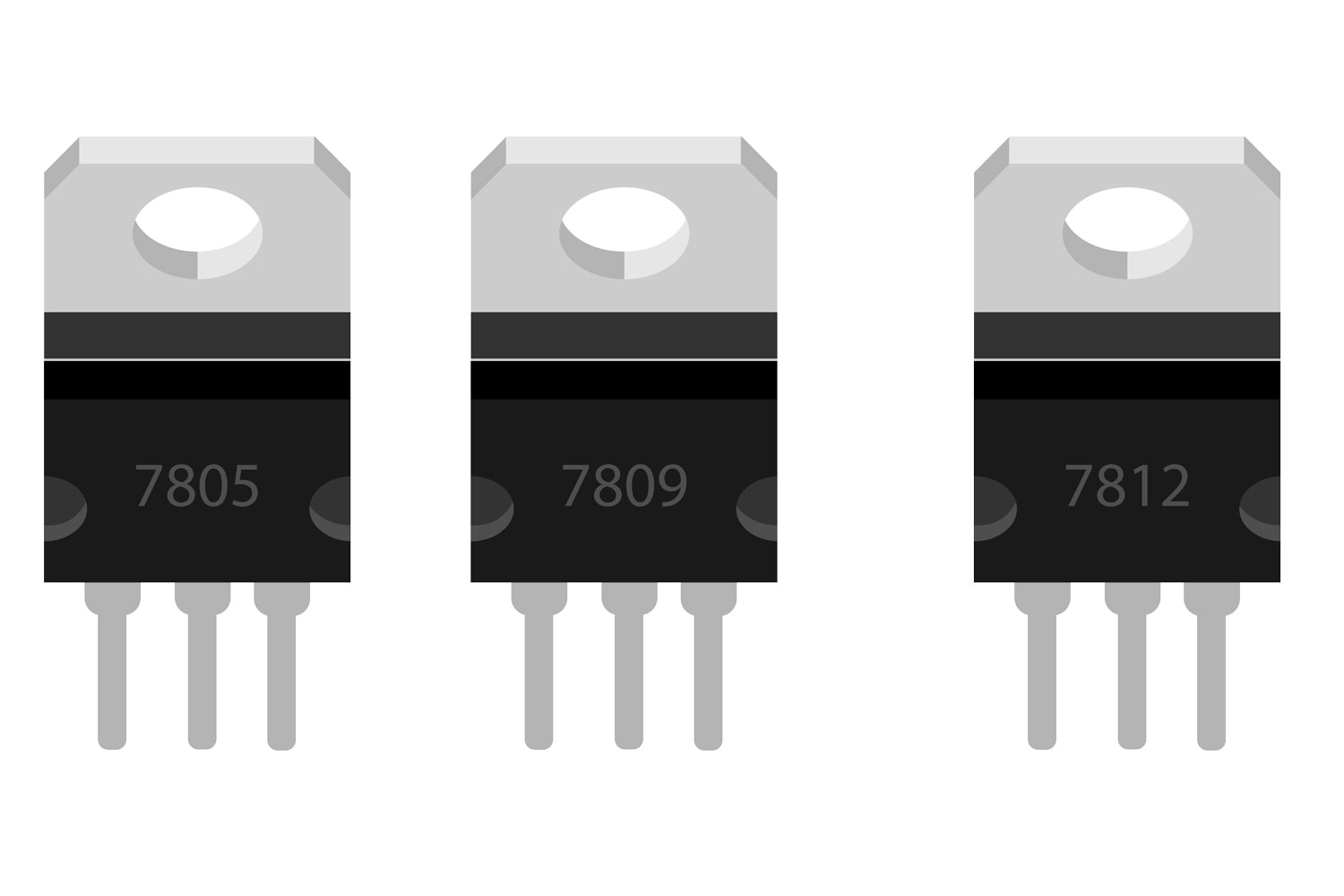
Since the voltage rectifier's main function is to provide the battery with the power it needs to charge, you wouldn't anticipate it to result in a no spark condition. However, a malfunctioning voltage regulator will cause the battery to die, and a generator cannot ignite with a dead battery.
Distributor Cap With Cracks
Poor spark plugs and wires are frequently held responsible for the lack of a spark because they can prevent the voltage from leaping the gap at the end of the spark plug. However, the same effects can be obtained via a fractured distributor cap.
How Can I Start My Generator Manually?
One of the best moves you can make is to invest in a generator, which will ensure that you have electricity during storms and other power outages. You must make sure you turn on your power generator using the correct process if you want to ensure that it runs effectively. How to start a generator is covered in this section.
- Verify assembly instructions in the generator's handbook.
- Check for damage and leaks
- Transfer the generator outside.
- Inspection of gas and oil levels
- Cut all cords leading to the generator.
- Turn on the engine switch, choke, and fuel valve.
Starting a new generator might be difficult, but the following procedures simplify the job. To prevent mishaps or harm to the generator itself, follow instructions precisely as given.
Generator's Manual
Although starting a generator is essentially the same, assembling the generator requires studying the handbook. When we refer to them in the rest of the instructions, the manual will also assist you in determining whose parts they are.
Damage And Leaks
The next step is to inspect the generator for any component damage sustained during storage or transportation. Pay close attention to any moving components, such as switches and levers.
Move Outside
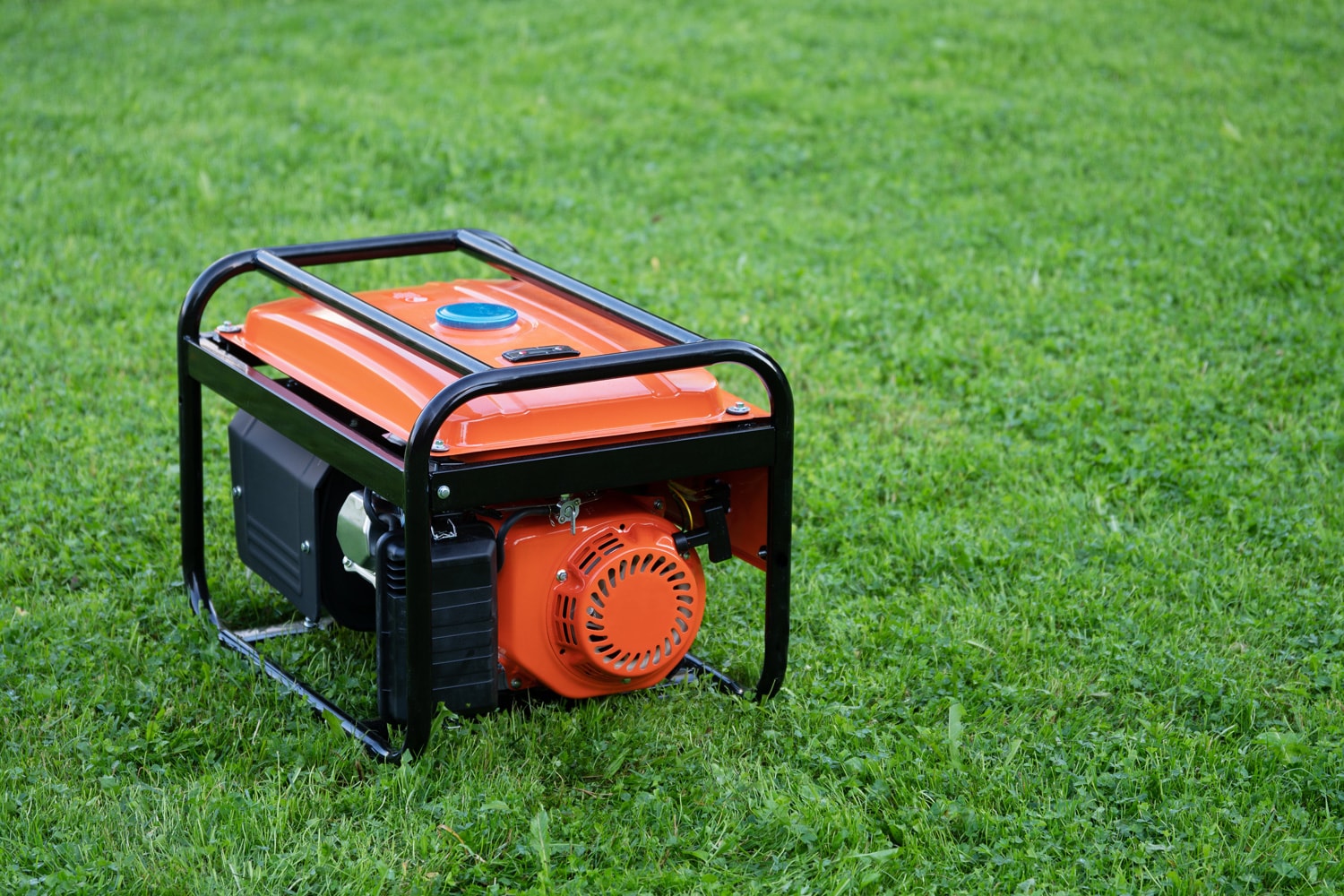
Never operate any fuel-powered apparatus indoors. They produce a great deal of carbon monoxide gas, which can quickly kill you. You're better off not turning on the generator in the house, shed, or even garage, as carbon monoxide is a colorless and odorless gas.
Gas and Oil Levels
Unless you tried it at the shop, a new generator will probably not have any oil or gas. Therefore, you'll need to fill it up with fuel and add the proper oil in the required quantities. Always use new gas when starting your generator because the ethanol in the used gas will absorb water, making it more likely that the generator won't start.
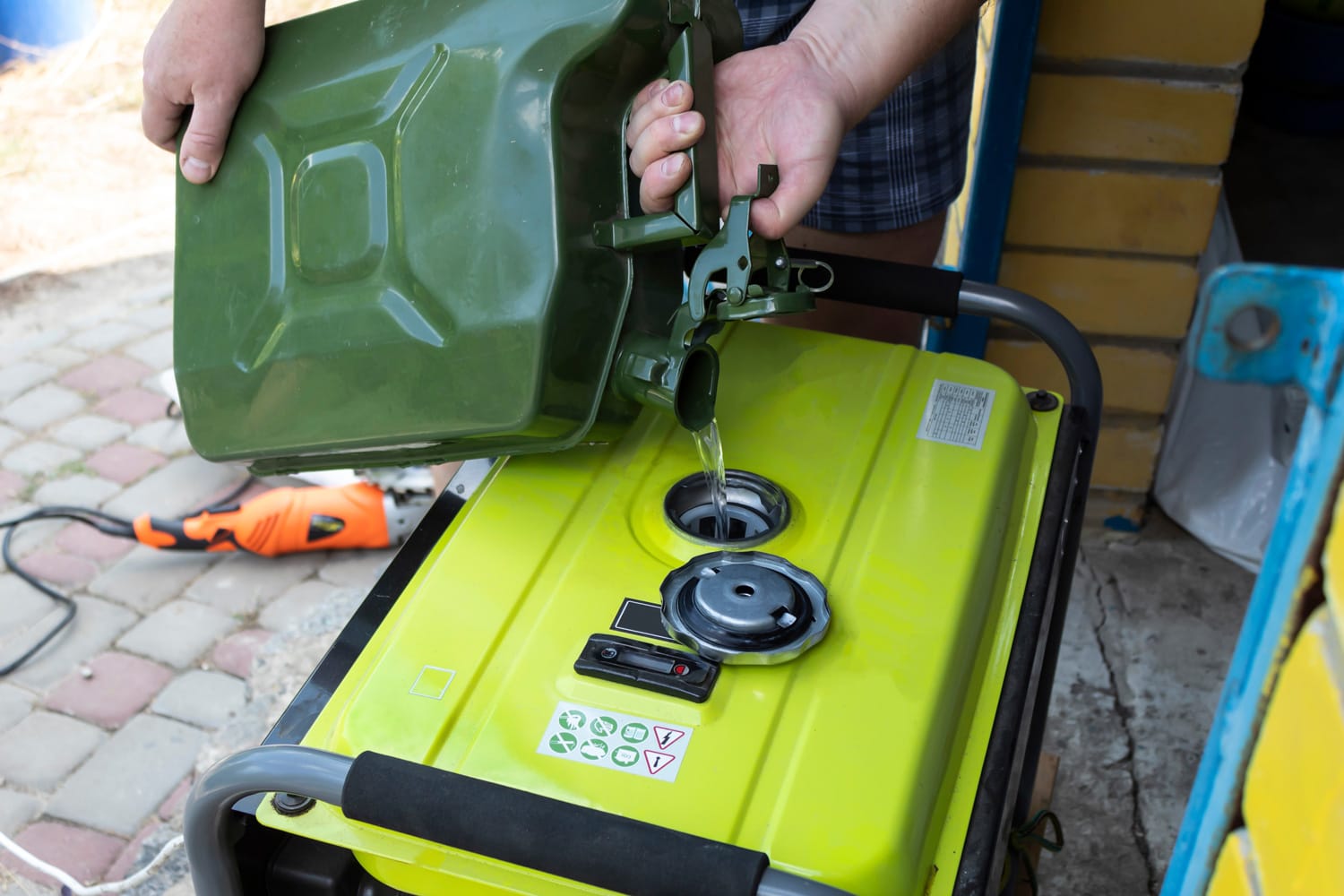
Cut All Cords
It would be best to unplug any power cables from your generator before attempting to start it to reduce the chance of shock and other damage to any gadgets attached to it. This still holds true when you turn on the generator again in the future.
Engine Switch, Choke, And Fuel Valve
Flip the little lever to the on position to activate the fuel valve. If you're facing the choke, move the lever from your right to your left, and then start the engine by pulling the recoil cord or pressing the start button after flipping the engine switch.
In Closing
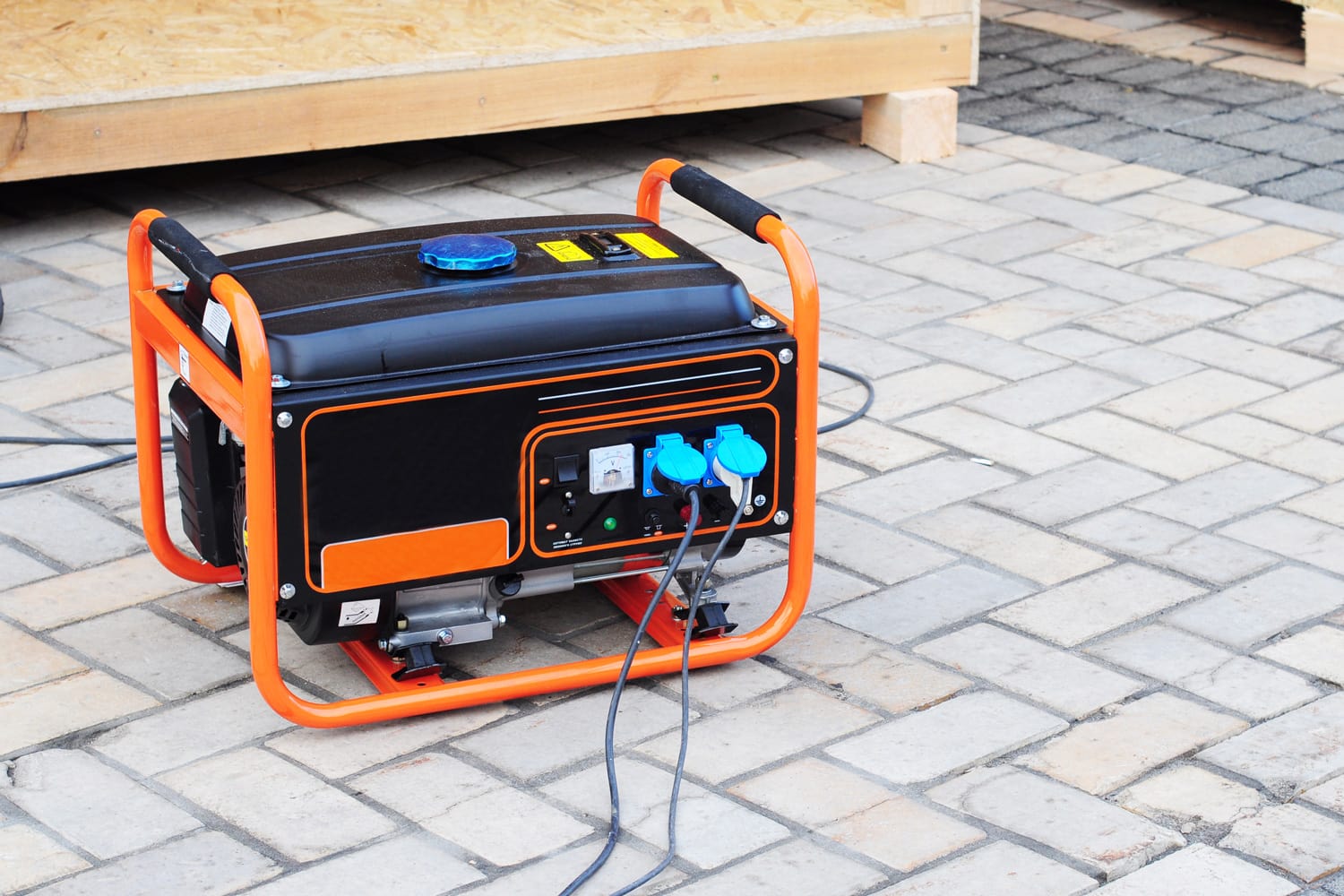
There are seven typical reasons why your generator is generating a clicking noise but not starting that you should be informed of. First, check to see if the battery is fully charged if you think it might be the problem. While not all of these can be corrected by you, at least some of them can be done so fast and effectively to restore the functionality of your generator.
If you find this article informative, Check out these related articles:

